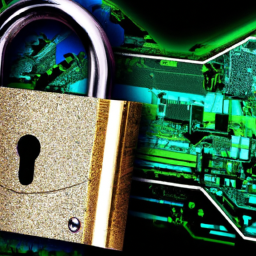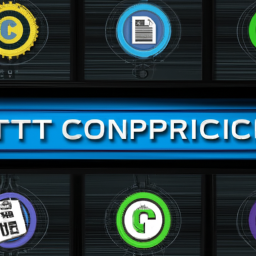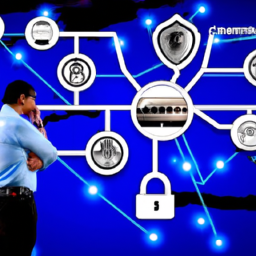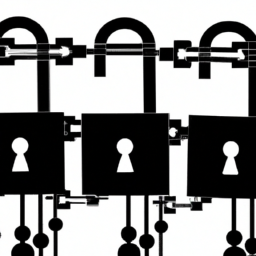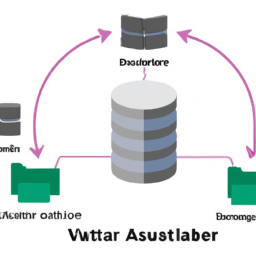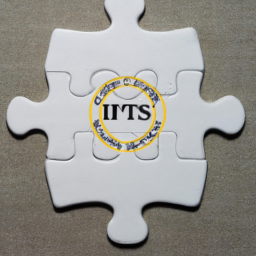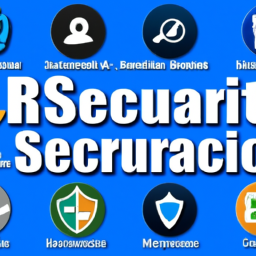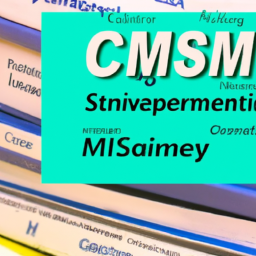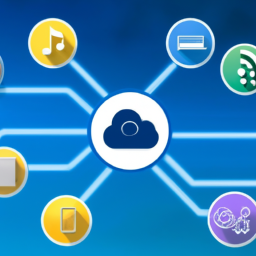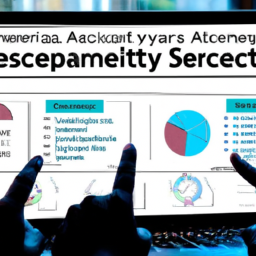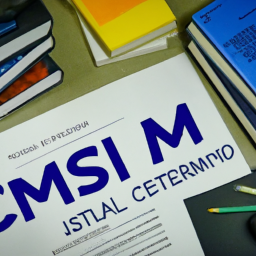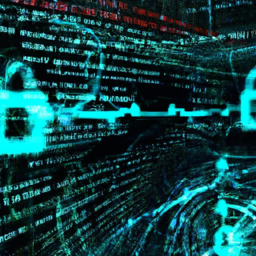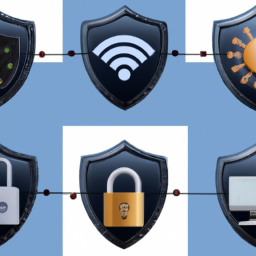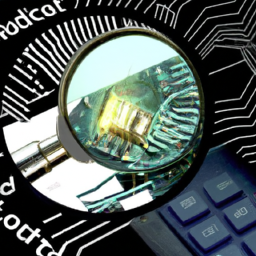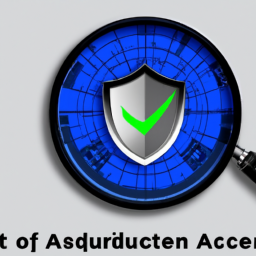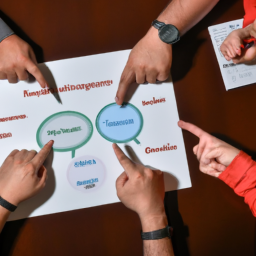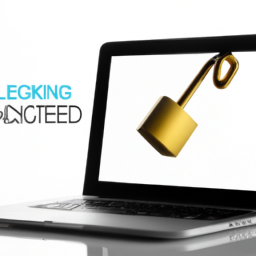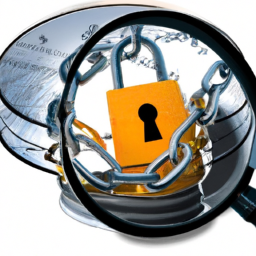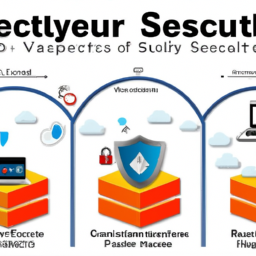Imagine you are the captain of a ship navigating treacherous waters. As you sail through uncharted territories, you are constantly on the lookout for hidden dangers that could jeopardize the safety of your vessel and crew.
In the world of cybersecurity, your organization’s networks and systems are the ship, and security vulnerability scanning is your trusty compass.
Welcome to the comprehensive guide to security vulnerability scanning, where we will equip you with the knowledge and tools to navigate the ever-changing landscape of cyber threats. This article will serve as your first mate, guiding you through the intricacies of security vulnerability scanning.
From understanding the different types of scans to implementing a robust vulnerability management program, we will explore best practices and provide actionable insights every step of the way.
Get ready to set sail on a journey towards fortifying your organization’s defenses and safeguarding against potential breaches.
So, batten down the hatches, keep a keen eye on the horizon, and let’s embark on this voyage together. Your ship’s safety depends on it.
Key Takeaways
- Security vulnerability scanning helps in proactive identification and addressing of weaknesses or flaws in software or systems.
- Best practices for security vulnerability scanning include regularly updating and maintaining an inventory of assets, leveraging vulnerability detection techniques, establishing a process for vulnerability remediation, and regularly reviewing and updating scanning tools.
- When choosing scanning tools, considerations should include scan depth, scalability, reporting capabilities, and integration with existing security infrastructure.
- Interpreting scan results involves identifying false positives and prioritizing vulnerabilities based on severity, exploitability, and potential impact.
Understanding Security Vulnerability Scanning
You might be wondering how security vulnerability scanning works and how it can help protect your systems from potential threats. Well, let’s dive into it.
Common vulnerabilities are weaknesses or flaws in software or systems that can be exploited by hackers. These vulnerabilities can range from outdated software versions to misconfigurations in network settings.
To identify and mitigate these vulnerabilities, organizations use vulnerability scanners. These scanners are automated tools that scan networks, systems, and applications for potential vulnerabilities. They perform comprehensive tests and checks, looking for weaknesses that could be exploited by attackers.
By regularly conducting security vulnerability scans, you can proactively identify and address vulnerabilities before they are exploited.
Now, let’s move on to the next section and explore the different types of security vulnerability scans.
Types of Security Vulnerability Scans
Start by understanding the different types of scans available to identify potential weaknesses in your system. When it comes to security vulnerability scanning, there are two main types of scans: network vulnerability scanning and web application vulnerability scanning. Network vulnerability scanning focuses on identifying vulnerabilities in your network infrastructure, such as routers, switches, and firewalls. This scan helps you uncover any weaknesses that could be exploited by attackers to gain unauthorized access to your network. On the other hand, web application vulnerability scanning focuses specifically on vulnerabilities in your web applications, such as SQL injections, cross-site scripting, and insecure access controls. By conducting both types of scans, you can ensure that your system is protected from a wide range of potential threats. Now, let’s move on to best practices for security vulnerability scanning.
Best Practices for Security Vulnerability Scanning
Let’s dive into some key tips to ensure effective and efficient vulnerability scanning practices.
When it comes to best practices for vulnerability assessment, there are several important factors to consider. First and foremost, it’s crucial to regularly update and maintain an inventory of all assets within your network. This will help you identify potential vulnerabilities and prioritize them accordingly.
Additionally, leverage vulnerability detection techniques such as network scanning, web application scanning, and penetration testing to uncover hidden vulnerabilities across your systems.
It’s also important to establish a defined process for vulnerability remediation, ensuring that identified vulnerabilities are promptly addressed.
Lastly, regularly review and update your vulnerability scanning tools to stay ahead of emerging threats.
By following these best practices, you can enhance your security posture and minimize the risk of potential exploits.
Now, let’s move on to the next section about choosing the right scanning tools.
Choosing the Right Scanning Tools
When choosing the right scanning tools, it’s important to consider the specific needs and requirements of your network environment. To ensure a thorough vulnerability assessment and effective penetration testing, here are four key factors to keep in mind:
-
Scan Depth: Look for tools that offer comprehensive scanning capabilities, including checks for common vulnerabilities, misconfigurations, and potential exploits.
-
Scalability: Consider the size of your network and whether the tool can handle the volume of systems and devices you need to scan.
-
Reporting: Choose a tool that provides detailed and easy-to-understand reports, allowing you to quickly identify and prioritize vulnerabilities.
-
Integration: Look for tools that can seamlessly integrate with your existing security infrastructure, such as vulnerability management systems or security information and event management (SIEM) solutions.
By carefully evaluating these factors, you can select scanning tools that effectively meet your vulnerability assessment and penetration testing requirements.
Transitioning into the next section, understanding how to interpret scan results is crucial for taking appropriate remediation actions.
Interpreting Scan Results
Understanding how to interpret scan results is crucial for effectively addressing and resolving potential vulnerabilities in your network environment. When reviewing scan results, it’s important to be able to identify false positives, which are results that incorrectly indicate the presence of a vulnerability. These false positives can waste valuable time and resources if not properly distinguished from real vulnerabilities.
To prioritize vulnerabilities, pay attention to their severity, exploitability, and potential impact on your network. By focusing on the most critical vulnerabilities first, you can allocate your resources more efficiently and effectively.
Once you have interpreted the scan results and identified the vulnerabilities that require immediate attention, you can move on to implementing a vulnerability management program to address and resolve these issues.
Implementing a Vulnerability Management Program
To effectively manage vulnerabilities, you need to create a comprehensive Vulnerability Management Policy. This policy should outline your organization’s approach to identifying, assessing, and mitigating security vulnerabilities. Continuous monitoring and remediation are essential components of this program. They ensure that vulnerabilities are promptly detected and addressed.
Additionally, providing training and education for staff is crucial. This ensures that they are aware of best practices for vulnerability management and can contribute to the overall security of your organization.
Creating a Vulnerability Management Policy
Developing a vulnerability management policy allows you to establish clear guidelines and procedures to effectively scan for and address security vulnerabilities within your organization. By implementing a well-defined policy, you can ensure consistent and efficient policy enforcement throughout your organization.
Here are five key elements to consider when creating a vulnerability management policy:
-
Clearly define the scope and objectives of the policy.
-
Conduct a comprehensive risk assessment to identify potential vulnerabilities.
-
Establish guidelines for vulnerability scanning frequency and methodology.
-
Define the roles and responsibilities of individuals involved in the vulnerability management process.
-
Implement a process for prioritizing and addressing identified vulnerabilities based on their severity.
Developing a vulnerability management policy is a crucial step towards protecting your organization from potential security threats. Once the policy is in place, you can move on to the next section about continuous monitoring and remediation, ensuring that your organization remains secure and resilient.
Continuous Monitoring and Remediation
Ensure that you consistently and proactively monitor and address any vulnerabilities that arise to maintain a secure and resilient organization. Implementing continuous monitoring techniques is crucial to identify potential security risks in real-time. This involves using automated tools to scan networks, systems, and applications for vulnerabilities on an ongoing basis. By regularly analyzing logs, conducting periodic vulnerability assessments, and performing penetration testing, you can detect and address any weaknesses promptly. In addition to monitoring, it is essential to have effective remediation strategies in place. This includes conducting thorough investigations to understand the root causes of vulnerabilities and developing and implementing appropriate fixes or patches. By promptly addressing vulnerabilities and applying remediation strategies, you can minimize the risk of security breaches and maintain a strong security posture. Transitioning into the subsequent section about ‘training and education for staff’, it is vital to ensure that your staff is equipped with the necessary knowledge and skills to support your organization’s security efforts.
Training and Education for Staff
Equip your staff with the necessary knowledge and skills to support your organization’s security efforts by providing regular training sessions.
Studies show that employees who receive cybersecurity training are 75% less likely to fall victim to phishing attacks.
Ongoing staff training is of utmost importance in maintaining a secure environment.
Start by conducting an assessment to identify knowledge gaps and determine the specific areas where training is needed.
Implement effective strategies to educate staff on security vulnerabilities, such as interactive workshops, online courses, and simulated phishing exercises.
These methods help employees understand the various types of security vulnerabilities and how to identify and respond to them.
It’s crucial to keep the training up to date as new threats emerge and technologies evolve.
By investing in continuous education, you empower your staff to actively contribute to the organization’s security efforts and reduce the risk of potential security breaches.
Frequently Asked Questions
Can vulnerability scanning completely eliminate all security risks?
No, vulnerability scanning can’t completely eliminate all security risks. It has its limitations in detecting certain types of vulnerabilities and may produce false positives or negatives. Manual testing is crucial to ensure comprehensive security.
While vulnerability scanning is an important part of a robust security strategy, it should be complemented with manual testing to identify vulnerabilities that automated scans may miss. Manual testing allows for deeper analysis and validation of potential security risks.
Are there any legal implications or compliance requirements associated with vulnerability scanning?
Legal implications and compliance requirements are important considerations when conducting vulnerability scanning. Failure to comply with relevant laws and regulations could result in legal consequences, such as fines or penalties.
Additionally, certain industries, such as healthcare or finance, have specific compliance requirements that must be met. For example, the Health Insurance Portability and Accountability Act (HIPAA) in the healthcare industry.
It’s crucial to understand and adhere to these legal and compliance obligations to ensure the scanning process is conducted correctly and legally.
How often should vulnerability scanning be performed?
Performing vulnerability scanning on a continuous basis offers several benefits. It allows you to identify and remediate vulnerabilities promptly, reducing the risk of potential attacks.
Factors to consider when determining the frequency of vulnerability scanning include the size and complexity of your network, the sensitivity of your data, and the rate at which new vulnerabilities are discovered.
Regular scanning, at least monthly, is generally recommended, but organizations with high-security requirements may opt for more frequent scanning.
Can vulnerability scanning cause system disruptions or downtime?
Vulnerability scanning, while valuable, can potentially produce performance predicaments and provoke system disruptions. The impact of scanning on system performance relies on factors such as scan intensity and system load. To mitigate disruptions, consider scheduling scans during off-peak hours, allocating adequate system resources, and employing throttling mechanisms.
Additionally, fine-tuning scan settings to strike a balance between thoroughness and system impact is crucial. Diligent planning and implementation are imperative to ensure scanning doesn’t disrupt or cause downtime.
What are some common challenges or obstacles in implementing a vulnerability management program?
Some common challenges or obstacles in implementing a vulnerability management program include:
- The need for proper resource allocation.
- Obtaining executive buy-in.
- Ensuring regular updates and patch management.
Additionally, organizations may face difficulties in:
- Prioritizing vulnerabilities.
- Integrating the program into existing systems.
- Coordinating with different teams.
Effective implementation requires careful planning, communication, and collaboration to address these challenges and ensure the successful operation of the program.
Conclusion
In conclusion, you’ve now gained a comprehensive understanding of security vulnerability scanning and its importance in safeguarding your systems.
By following best practices and using the right scanning tools, you can effectively identify and address vulnerabilities in your network.
Remember to interpret scan results accurately to prioritize and fix any potential threats.
Lastly, implementing a vulnerability management program will ensure a proactive approach to security.
With this newfound knowledge, you’re equipped to fortify your systems and stay one step ahead of potential breaches.




